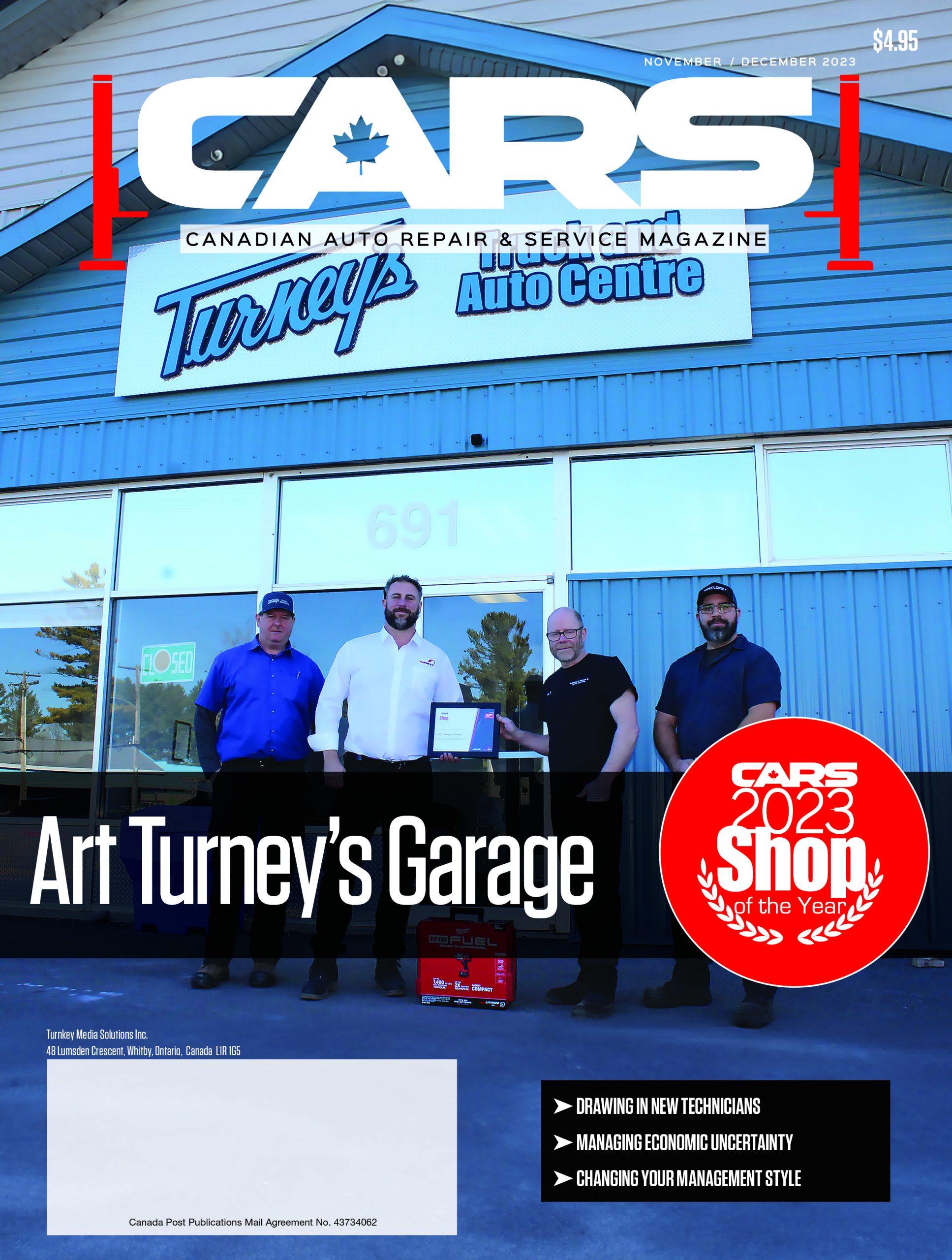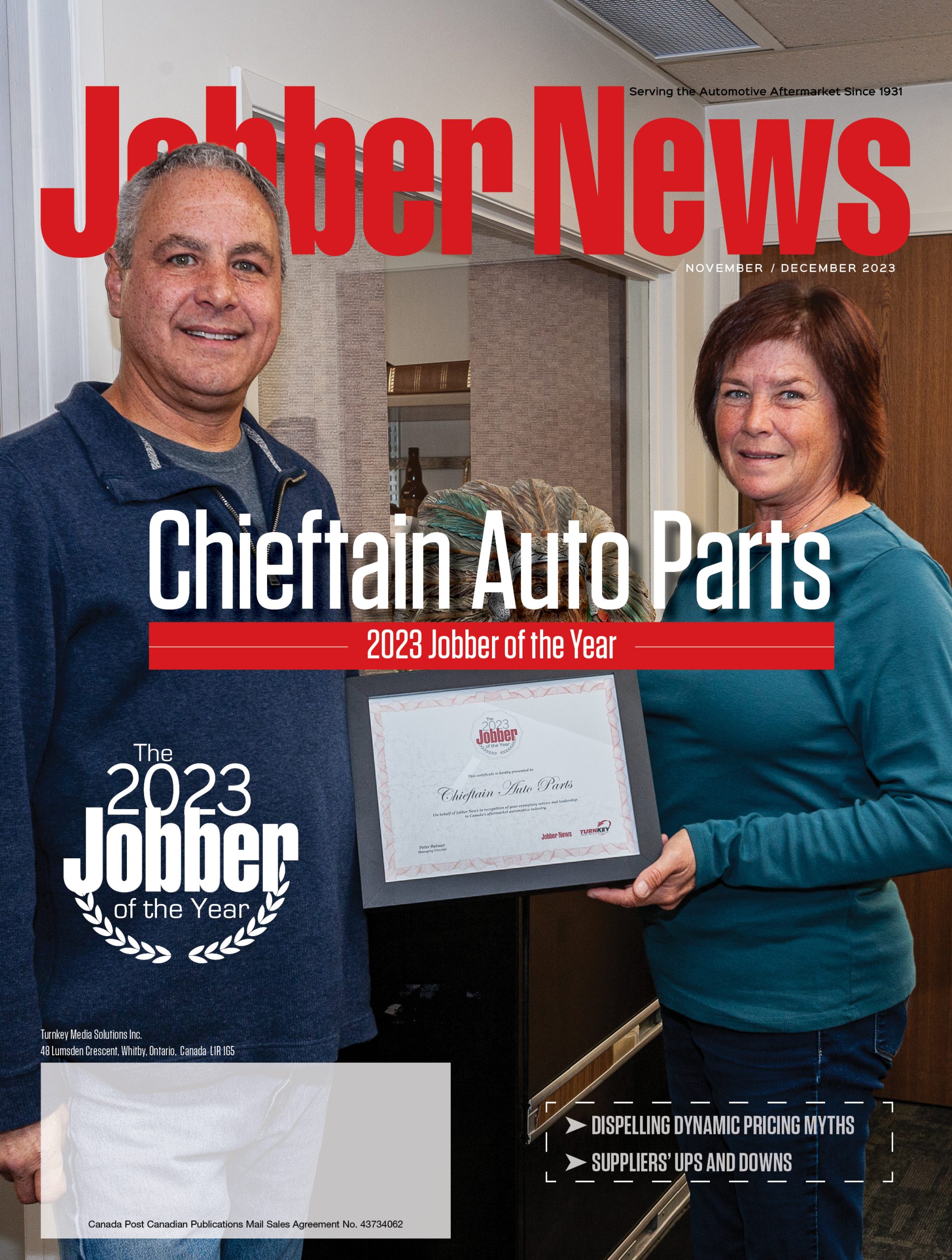
How to find a winner in a stack of rsums
If you've never hired anyone before, the process can be somewhat intimidating and overwhelming. In fact, even ...
If you’ve never hired anyone before, the process can be somewhat intimidating and overwhelming. In fact, even if you have hired someone before the process can be somewhat intimidating and overwhelming.
I hope this article will help take the “over” out of “overwhelming.” If you follow a simple, step-by-step approach, it can be a little easier process to navigate. In the July issue of SSGM, I covered gathering a pool of qualified applicants. The goal of this next stage of hiring is to identify “the one.”
That can be tough – especially if you don’t know what “the one” looks like. That’s why I stress having a job description to measure your candidates against. The objective isn’t just finding someone who has a list of skills and experiences. The objective is to find someone who is a fit for the personality of your shop – someone who can do the job well and that will make a good employee that you can get along with well.
Choosing The Best Prospects
Imagine you have a stack of resumes/applications on your desk. The first step in the process is to turn that into two stacks: Maybes and maybe nots. Don’t throw out the maybe nots, yet. But focus on the maybes. Say you’re hiring for an experienced tech vs. hiring a entry-level counter worker. The tech will have worked in the field for a while. The counter worker may not have automotive experience, but have worked in sales or retail. Where the experienced tech will warrant more pay, the entry-level counter worker will require more training. On the other hand if you were looking for an entry-level tech, you might be looking for someone fresh out of tech school with good grades and a steady part-time job history. There is no sure fire way to separate the likely candidates from the unlikely ones. But that’s why you’ll do a short phone interview and a longer face-to-face interview before you make any commitments.
Once you’ve identified the maybes, it’s time to make some calls to decide if they warrant an interview. The telephone interview process is a brief conversation with the applicant to decide if you feel it would be worth your time or theirs to meet. Remember you’re not just deciding if you feel they’re a fit, you’re trying to help them decide if your job will be a fit for them, too. With such a large unemployment rate, this can be hard. A lot of people are willing to settle to get a job. You, on the other hand, should not be willing to settle.
Draw up a quick list of four or five questions to ask every applicant. These can be as general as “What made you want to become a technician?” to as specific as “Why do you want to work here?” Listen carefully to their answers and make notes on the side or back of their resume/application. It’s important to have detailed notes to keep each applicant straight. You want to listen to their answer and ask follow-up questions if any answer is unclear.
You also should consider having one or two specific questions for that candidate about their resume/application. Perhaps it’s to clarify something like “It says you were a clerk and a supervisor at ABC Parts over your three years there. How long were you a supervisor?” Or your question might be just to get more details about the personality of the candidate like “What was the hardest part of the job at ABC Parts?” Try to keep the call between five to 10 minutes. Don’t look for long answers or ask hard questions. You just want to get a feel for each candidate’s personality.
Also, don’t call the candidate and just start firing off questions. Call or email them to schedule a 10-15 minute phone call. If you’re candidate is working or has a busy personal schedule, you can’t expect them to take your call and comfortably answer your questions when they’re manning the counter at work or sitting at lunch in McDonald’s Playland with the kids. You need to be willing to call them before work, after lunch or even after hours to accommodate your candidate’s schedule, especially if they are already employed.
After each call rank the person on a scale of one to five. Remember, every candidate will be a little nervous. So cut them a little slack; but in five or 10 minutes, you should have little feel for whom you are talking to.
Once you’ve screened the candidates by phone, it’s time to meet the best candidates face to face.
It’s interviewing, not interrogating
Sort your candidate’s resumes/applications by rank putting your best candidates on top of the stack. You’ll want to invite the top candidates in for an interview. Schedule the interview, again being sensitive to your candidate’s schedule, making time for meetings before, during and after work hours. Depending on the job, you might call in three to five prospects.
Set aside a quiet place for your interview where you’ll be free from interruptions. If you are the only person in the shop, it’s best to schedule your interviews outside of your working hours, lock your door and let all your calls go to voicemail. You want to give each candidate your undivided attention. It’s not fair to an applicant if their interview is interrupted while other candidates don’t have to compete for your attention. If there is a unexpected or unavoidable interruption, be sure to apologize and take that into account when making your decision.
When you meet the candidate try to set them at ease. Offer them a cup of coffee or glass of water. Make some small talk. Maybe take a couple minutes to show them around the shop a little before you sit down to the interview. Remember this is an interview, not an interrogation. Your job here isn’t to intimidate them. Your job is to pull out the real person. Being on a job interview is stressful, do whatever you can to make the candidate comfortable.
Have a list of 10 to 15 interview questions. I’d give you a definitive list of the best interview questions to ask, but every job and every shop is different. Although there is no definitive list, there are three common types of questions to cover:
Experience
– Ask questions about former jobs, classes or training. Try to get a feel for their technical knowledge and job skills.
Work Personality
– It’s important to distinguish work personality from their personal life. Knowing someone likes jazz music and mountain biking may be interesting if you’re looking for a spouse. But if you are looking for an employee, stick to the job description. “What are your job strengths and weaknesses?” is a good general question to get started.
Goals & Ambitions
– Someone who wants to “learn and grow” is always a better candidate than someone who just wants to “earn and go.” Ambition can be a powerful driving force, so find out what the candidate’s goals and dreams are in this field.
After the candidates leave, rank them on the one-to-five scale again to determine which ones you feel fit the job best. I tend to look for a good attitude over straight technical knowledge. I believe someone with the right attitude can always learn the technical aspects of most jobs (within reason). Someone with technical skill cannot necessarily learn to have a good attitude. This may be my personal opinion, but I’m not alone.
Pencil & Paper Testing
“We believe that attitude predicts performance,” says Tom Cormack, president of Personnel Systems Corp. (www.persysco.com) and former Formula Car Racer. His firm publishes a series of self-scoring, paper-and-pencil-based tests that help assess candidate’s general abilities, behavior and/or character.
You can hire a performance technician that does excel
lent work but doesn’t show up to work on time or is belligerent to other employees or customers, says Cormack. By giving a quick 15- or 20-minute test to your top two or three prospects you can possibly uncover things that didn’t come up in the job interview.
Once you narrow your field of candidates, you may want to call them in to take a brief pre-employment test. Proven tests like those from Personnel Systems are available for order online and can give you a uniform method to measure candidates for likelihood of substance abuse on the job, negative work ethic or integrity issues.
“In today’s environment, many former employers are wary about giving a past employee a negative reference for fear of litigation,” says Cormack.
Non-discriminatory pre-employment screening surveys can provide a reliable indicator of factors like work ethic, reliability, trustworthiness and drug/alcohol attitudes. (Check with your legal advisor about pre-employment testing.)
Checking References
Next, it’s time to check references. Let me admit, I’ve failed at checking references and calling former employers for job candidates more than once in my own business. I’ve promised myself I’ll never neglect it again.
It may seem that no job applicant would give you a personal reference that would have anything negative to say about them. And in this legal environment, very few employers would risk saying anything negative about a former employee. But sometimes, it’s what they don’t say that can be as powerful as what they do. A raving review of a candidate can be a good sign; an empty, neutral review may speak volumes.
You may also find that your candidate has mislabeled his job title, misstated his salary history or miscalculated his employment dates by a few months – or a few years. Some candidates may even list schools they attended but never graduated. Interpreting if these are innocent mistakes or not is all part of the hiring process.
Hiring (and Firing) Your New Employee
Once you’ve decided on a candidate, it’s time to offer him/her the job. For some positions and shops, you can do this with a simple phone call. Depending on your style, you may want to do it face-to-face instead.
You may also prefer presenting your salary and benefit offer in writing, so there’s no confusion. This can be done in person or with a follow-up email after you call to offer them the position. For full-time positions, you’ll want to give them a few days to think about your offer. While a part-timer may start that afternoon, expect full-timers to take a couple of weeks before starting. Allow anyone currently employed to give their employer at least two weeks notice. You’d want the same courtesy if you were on the other side of the table.
Finally, it’s best to consider having a trial period with any new hire. This can usually be 30 to 90 days where the employee understands he or she needs to meet certain job requirements to maintain the position. (Ask your legal adviser about any relevant laws)
There’s nothing more painful than to have to tell a new employee he or she is not working out. Having a thorough hiring process can help you reduce the chance that you’ll have to do that. On the flipside, there’s nothing more rewarding than calling an employee into your office and telling him that his trial period is over – and you’d like him to stay.
.png)






Have your say: